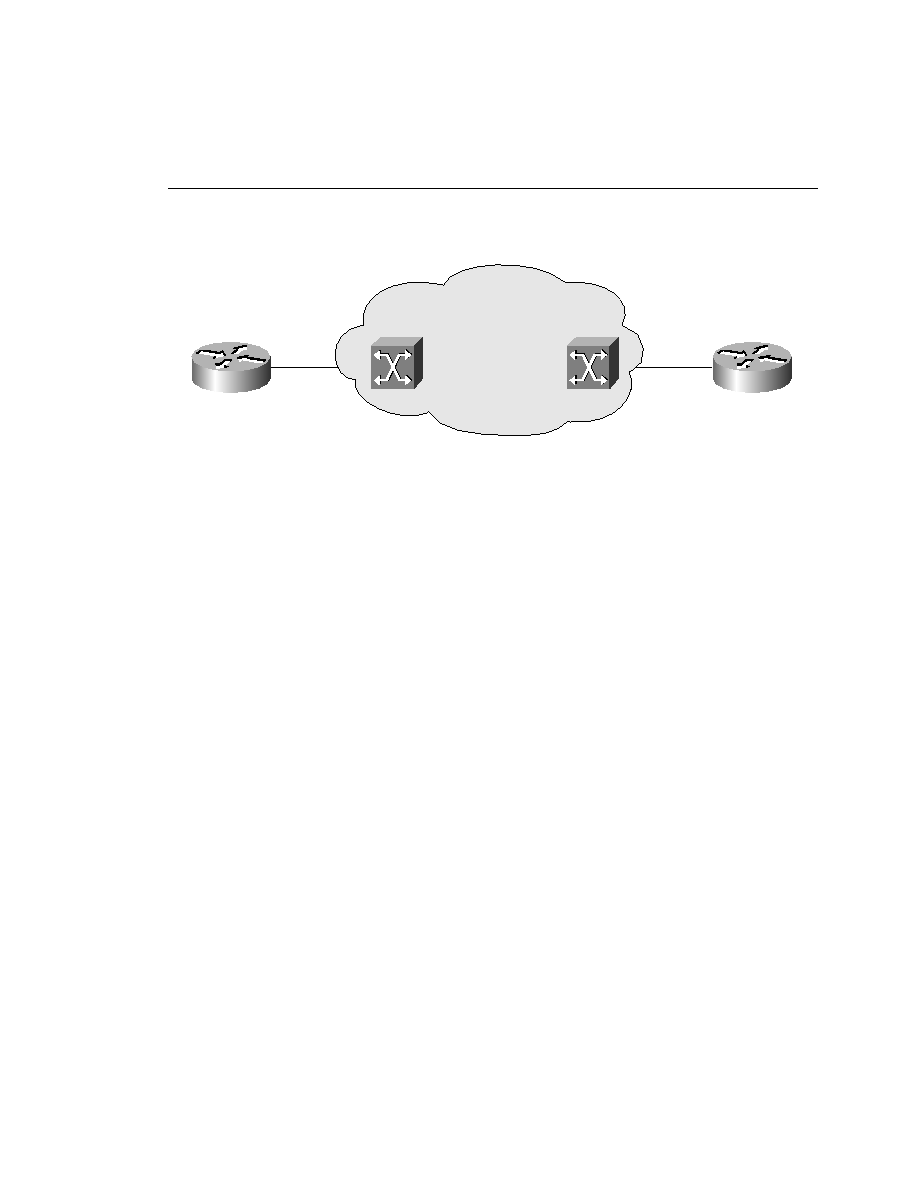
describes packet formats and packet exchange procedures between peer Layer 3 entities. LAPB
defines Layer 2 of the X.25 layered model and performs packet framing for the DTE/DCE link.
Layer 1 of the X.25 layered model defines the electrical and mechanical procedures for
activating and deactivating the physical connection between the DTE and the DCE.
categories, permanent and switched. Permanent virtual circuits (PVCs) are nailed up
connections that are always active. Switched virtual circuits (SVCs) are set up and torn down
as needed.
are nailed up connections and are always active. PVCs require an extremely high level of
maintenance due to their static nature.
every router manually. With that in mind, it is very easy to imagine the issues that arise in a PVC
environment. They are essentially, after all, static routes. Any failure in the pathway causes the
entire circuit to come down. There is no dynamic rerouting. The circuits must be manually
reconfigured to go around a failure.